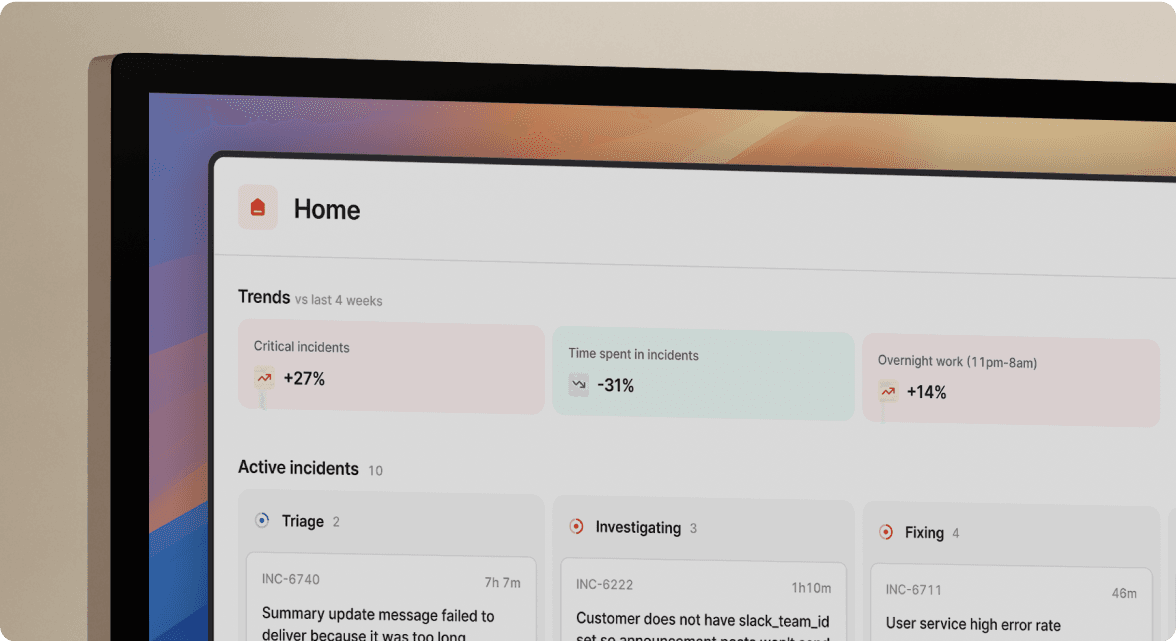How to build effective runbooks for your SOC

In the high-stakes world of incident response, every second counts. For Security Operations Center (SOC) teams, a well-crafted runbook can be the difference between a short blip and a prolonged outage. These structured guides provide clarity under pressure, reduce the risk of error, and help teams respond faster and more confidently.
This post explores what makes a great runbook, why they’re critical in SOCs, and how to build one that actually gets used.
What is a runbook?
A runbook is a detailed, step-by-step guide for handling specific operational tasks or incidents. Whether it’s investigating a security alert, rotating credentials, or escalating a ransomware threat, runbooks offer a repeatable approach that reduces uncertainty and speeds up execution.
Runbooks are essential for creating structure and reliability in SOC environments where high-pressure decisions are the norm.
Why runbooks matter in SOCs
1. Consistency, every time
Runbooks ensure procedures are executed the same way, regardless of who’s on call. This minimizes human error and supports operational discipline. As incident.io recommends, standardizing actions is key to reducing friction during incident response.
2. Faster incident resolution
A clear path forward saves time when the stakes are high. Whether it’s step-by-step instructions or embedded checklists, a good runbook reduces the need for decision-making under pressure.
3. Accelerated onboarding
New analysts can get up to speed quickly by following runbooks. They act as built-in training materials that require minimal oversight.
4. Reliable documentation
Runbooks leave a paper trail. They support audits, retrospectives, and continuous improvement
How to build a runbook for your SOC
1. Start with a clear purpose
Identify a task or scenario that needs a runbook. Focus on something high-impact, frequent, or error-prone. Examples include triaging phishing alerts, applying security patches, or handling alert fatigue.
2. Break it into clear steps
Outline the task as a series of concise, actionable steps. Use bullet points or numbered lists to aid readability, especially in stressful situations.
3. Use visuals to support clarity
Diagrams, flowcharts, and screenshots help users quickly grasp what to do. Visuals are handy for showing branching logic (for example, “If X, then escalate to Y”).
4. Define roles and responsibilities
State who should do what. This is critical in SOCs, where roles may shift across teams or time zones. Runbooks should specify ownership to avoid confusion during a response.
5. Add troubleshooting tips
Anticipate where things might go wrong. Include common pitfalls, known system quirks, or links to internal dashboards and Slack channels for quick resolution.
6. Make it a living document
Review runbooks regularly, especially after incidents where they were used. Flag steps that caused confusion and update them with lessons learned. As incident.io advocates, the best runbooks evolve with your team.
7. Test before you need it
Run through the steps in a controlled environment to ensure clarity and completeness. If something is unclear in calm conditions, it will worsen under pressure.
Practical takeaways
• Start small: Tackle your highest-value processes first, then grow your runbook library over time.
• Choose flexible tools: Use platforms like incident.io that support easy editing, version control, and in-the-moment access.
• Involve your team: Get feedback from the people who will use the runbook. The more ownership they have, the more valuable it will be.
Effective runbooks are more than just documentation. They are operational tools that strengthen your team’s ability to respond, recover, and improve. By building clear, practical guides and using the proper tooling, SOC teams can respond faster and more confidently.
Looking to level up your runbook game? You can get started with incident.io for free.

See related articles
So good, you’ll break things on purpose
Ready for modern incident management? Book a call with one of our experts today.

We’d love to talk to you about
- All-in-one incident management
- Our unmatched speed of deployment
- Why we’re loved by users and easily adopted
- How we work for the whole organization





